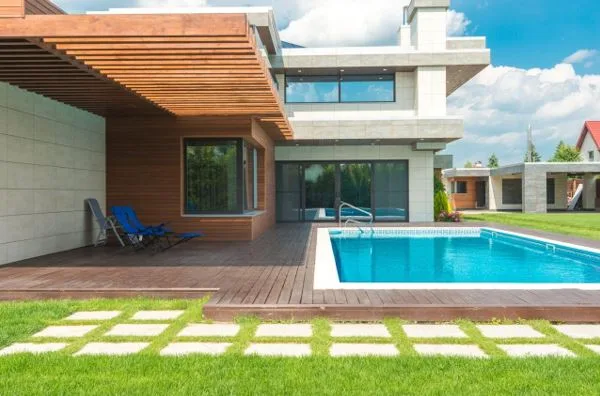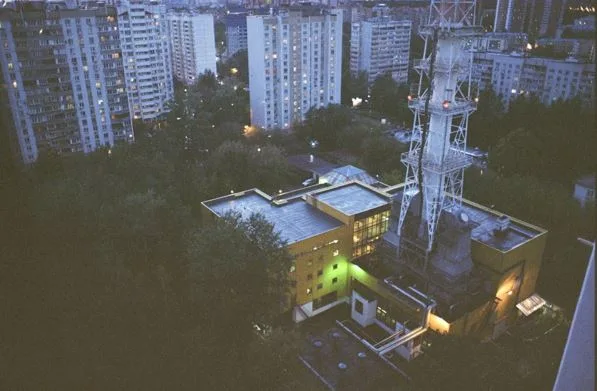What Comfort Really Looks Like in Modern Homes
Ever walked into a home that looks perfect but feels off? It might have sleek design and smart gadgets, but something’s missing—real comfort. These days, our houses are getting smarter, yet many of us feel more drained than ever. Between rising costs, work-from-home fatigue, and constant bad news, comfort means more than a nice couch or trendy lamp. It’s about ease, warmth, and spaces that help us unwind. That matters everywhere, even in places like Springfield, OR, where small-town life meets modern pressure.
In this blog, we will share how the meaning of comfort has shifted, how our homes reflect that, and what practical changes actually make people feel more at ease.
Comfort Isn’t Always What It Looks Like on Instagram
Instagram may have convinced us that comfort equals minimalism with white walls, five indoor plants, and a couch nobody sits on. But real homes don’t stay pristine. There are dirty socks, cereal bowls, cords from charging everything, and sometimes a half-deflated balloon from a birthday party two months ago. The curated idea of comfort looks peaceful but feels exhausting to maintain.
Right now, comfort is about reducing friction. It’s having enough space to breathe. It’s lighting that doesn’t give you a headache by 6 p.m. It’s being able to open a window without breaking a fingernail. It’s about warmth—literally and emotionally. With extreme weather swings now a regular part of life, maintaining the right indoor temperature has become less about luxury and more about basic function.
This is where local solutions matter. For example, if your HVAC system fails during an unexpected Oregon heatwave, you’re not just uncomfortable—you’re potentially at risk. That’s why finding a company that specializes in air conditioning repair in Springfield, OR, could be the most underrated form of self-care in 2025. It’s not glamorous, but it’s necessary. And honestly, what’s more comforting than knowing your house won’t feel like a sauna when you’re trying to nap?
The Rise of “Quiet Comfort” and What It Means
Noise is another factor we’re just starting to take seriously. With more people working from home—or pretending to while their dog barks in the background—having a space that blocks out the world matters. Double-paned windows aren’t just for energy savings anymore; they also protect you from the neighbor’s 6 a.m. lawn mowing hobby. Soundproofing is becoming a basic comfort need, especially as homes serve as offices, schools, and everything else in between.
“Quiet comfort” isn’t silence. It’s control over your environment. It’s the ability to close a door and not hear the dishwasher, traffic, or someone practicing drums upstairs. And when you don’t have constant sensory input gnawing at your nerves, your body actually starts to relax. It’s like giving your nervous system a break, and honestly, we all need that more than we admit.
Even lighting has a role here. Harsh LEDs might be energy-efficient, but they can feel like being interrogated. The new wave of smart bulbs lets you adjust warmth and intensity. Some even mimic natural light patterns to support your circadian rhythm, which sounds futuristic but just feels… right. It’s subtle, but the kind of subtle that makes everything else easier.
Comfort Is Knowing Where Things Belong
We talk about comfort like it’s just about physical sensation, but mental clarity is part of it too. Clutter creates noise. Not the loud kind, but the kind that makes your brain feel like it has 27 browser tabs open.
Today’s most functional homes are designed for flow. Not in the “feng shui” sense (although that’s cool too), but in practical layout. Where does your mail go? Is there a spot for your keys that’s not just the kitchen counter? Do your cabinets open without a fight? Comfort is about reducing decisions and rerouting daily annoyances. It’s less about square footage and more about how well the space works for your life.
Storage solutions have gotten creative because they have to. Under-bed drawers. Hidden compartments in ottomans. Wall hooks that look like art. These are small things that give you back peace of mind. Because when you know where things go, you waste less time finding them—and less energy getting frustrated.
Comfort Has an Emotional Core, Too
Let’s not forget the emotional layer. Comfort is also feeling safe. It’s walking in the door and letting your guard down. For some people, that’s a worn-out armchair and familiar smells. For others, it’s dimmed lights and a playlist that never lets you down. Comfort isn’t always visible to others, but you know it when you feel it.
With everything from climate anxiety to political stress saturating our daily lives, homes have become emotional shelters. The best ones remind you who you are—not who you’re supposed to impress. That might mean displaying meaningful objects instead of “statement pieces.” Or putting your record player in the kitchen because that’s where the vibes hit best.
And yes, comfort might also mean having the good snacks on hand, a dog who always greets you, or a couch that’s deeply, unapologetically napped on. There’s something powerful about not needing your home to perform for anyone but you.
Comfort Is Changing Because Life Keeps Changing
As remote work sticks around and flexible schedules become more normal, homes are adapting in unexpected ways. People are carving out work zones, nap zones, stretch zones—and sometimes merging them. A dining table isn’t just for meals anymore. It’s for meetings, puzzles, and therapy via group text.
Furniture is shifting, too. Sofas are getting deeper. Coffee tables double as desks. Even rugs are being chosen not just for looks but for how they feel underfoot when you’ve been pacing around for hours.
Tech is a double-edged sword here. Some innovations help—like thermostats that learn your preferences or robot vacuums that let you pretend you’re winning at adulthood. Others just add complication. A voice assistant that doesn’t understand you doesn’t make you feel powerful. It makes you shout at your ceiling.
Real comfort isn’t about automation. It’s about autonomy. It’s being able to move through your space without a lot of thought. It’s having the option to disconnect, not being forced to reconnect something that randomly unpaired from Wi-Fi.
Where Comfort Begins
At the heart of it all, comfort comes down to one question: Does your home work for you, or do you work for it?
You don’t need to renovate everything or buy a bunch of gadgets to feel better at home. Start with the things you use every day. The chair you sit in. The mug you reach for. The drawer that always jams. Little upgrades, thoughtful choices, and solving the obvious annoyances can make a bigger impact than any smart fridge ever will.
The houses that feel best aren’t perfect—they’re personal. They’re built around the people who live in them, not the trends that change every season. And in a world that’s constantly moving, a home that makes you feel grounded is the truest luxury of all.




